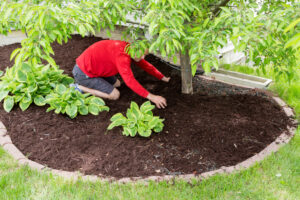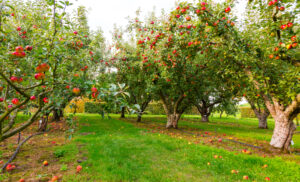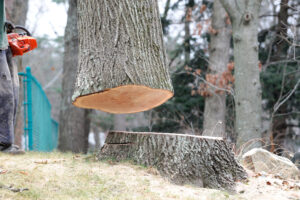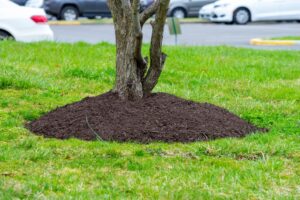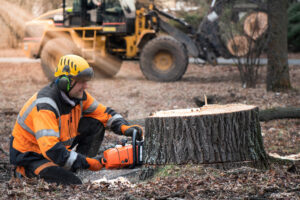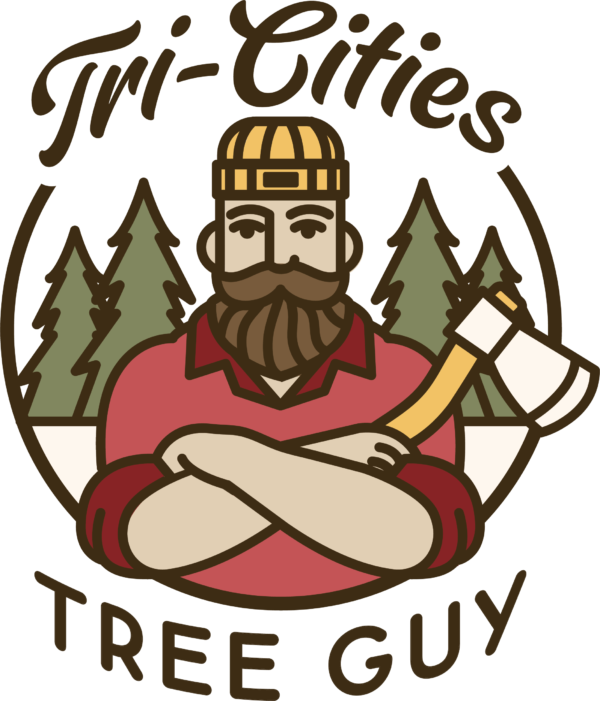Content
In this article, we’ll look at the dangers of overgrown trees and why they can be a serious safety hazard. We’ll also cover the basics of tree removal and how it can help you get rid of a dangerous tree in your yard.
Safety Risks of Overgrown Trees
There are many dangers associated with overgrown trees, including:
Fallen Branches
As a tree grows, its branches may droop and hang lower than they did when it was younger. If these hanging branches become heavy enough, they can break off and fall to the ground below. This can be dangerous if you’re walking under or near the tree at the time of its fall; even if you aren’t directly hit by falling debris, you could still get hurt by stepping on sharp pieces of wood that have been broken off in this way (or worse).
Weakened Roots
Overgrown trees also tend to have weaker roots than normal ones do–and this means that if there’s any kind of disturbance nearby (such as construction), then those weakened roots might not be able to hold up against it as well as they would under normal circumstances.
Signs You Need Tree Removal
If you have a tree that is overgrown, it may be time for tree removal. There are several signs that can help you determine if your tree needs to come down:
- Overhanging branches: If any of the branches are hanging over your property or house, this is a sign that the tree has grown too much and could pose a threat to people or property.
- Dead branches: If there are dead limbs on your trees, they should be removed as soon as possible because they could fall at any time and cause damage.
- Visible decay: Decay in trees can lead to wood rot which will make it easier for storms or high winds to break off large pieces of bark from around trunks and branches–this makes them more susceptible when compared to healthy trees with strong bark integrity throughout their entire structure (source).
- Leaning trunks/roots: Any evidence suggesting leaning trunks or roots should prompt immediate action since these issues represent potential hazards if left untreated.
The Benefits of Professional Tree Removal
If you’re thinking about removing a tree from your property, it’s important to know that there are many benefits to hiring a professional tree removal service.
The most obvious benefit is safety: if you don’t have the proper equipment or expertise, removing a large tree could be dangerous for both you and those around you.
A professional team will have the right tools and experience needed to safely remove any size of tree without causing damage to other parts of your property or injury to anyone involved in the process.
Another great reason why hiring professionals is better than doing it yourself is because they can do more work in less time than if everyone did their own thing individually (or even with friends). This makes sense–after all, an experienced crew has been doing this kind of job for years! They know exactly what needs doing when taking down trees, so there’s no guesswork involved when deciding how best to approach each situation before beginning work on it; this means less wasted effort spent trying out different methods, only later realizing none were effective enough.
The Cost of Tree Removal
The cost of tree removal is dependent on a number of different factors. The size, age, and health of the tree will all play a role in determining how much it costs to have it removed. In addition, if you’re planning on doing the job yourself or hiring someone else to do it for you will also affect pricing.
A DIY job can be dangerous and time-consuming because there are many factors that need to be considered before deciding whether or not removing a tree is worth your time and money. If done incorrectly, DIY tree removal could result in serious injury or property damage from falling branches or limbs during stormy weather conditions such as thunderstorms or high winds; therefore, we recommend hiring professional tree services instead!
Tree Removal Tips
Tree removal is a big job that requires the right tools and equipment. If you’re planning to do it yourself, make sure you have the following:
- The right equipment. Chainsaws are very dangerous and should only be used by trained professionals. If you don’t have access to one, consider hiring someone with experience using them.
- Protective gear such as gloves and goggles (if working with power tools).
- Proper training for tree removal techniques like climbing trees or using ropes/slingshots to bring down large branches safely without damaging them further–or yourself!
The Legal Implications of Tree Removal
You should also be aware of the legal implications of tree removal. Depending on where you live, it may be illegal to remove certain trees without first obtaining the proper permits and paying any associated fees. In addition, there are fines and penalties for those who violate these laws. If you have a tree that needs to be removed due to damage or disease, make sure that you are following local laws and regulations. If not, your best bet for removing the tree is to hire an arborist.
Alternatives to Tree Removal
There are several alternatives to tree removal that can help you keep your trees healthy and safe. If a tree is simply overgrown, consider pruning it. This involves cutting away dead branches and removing any low-hanging ones that could be a hazard for people walking below them.
Tree Trimming
Tree trimming is another option for maintaining the health of your trees without removing them completely. Tree trimming involves cutting away dead or diseased parts of the tree while leaving its canopy intact so as not to damage its roots or weaken its structure further than necessary.
Transplanting
In some cases, transplanting may be preferable to removal because it preserves more of the plant’s original shape while still allowing you access through an area where one used to stand–something which would not be possible if you were simply trying to walk around a large stump instead! However, this method does require careful planning ahead since moving something like this takes time (and money) before work can begin on site itself, so make sure beforehand whether or not this option suits all needs involved!
Regular Tree Maintenance
To avoid the need for tree removal, it’s essential to invest in regular tree maintenance. This can help you identify potential issues before they become more serious and costly. Regular tree maintenance includes:
- Pruning: Regular pruning helps maintain the tree’s shape, removes dead or diseased limbs, and promotes new growth.
- Inspections: Regularly inspect your trees for signs of disease, insect infestation, or other issues that may require attention.
- Mulching: Applying a layer of mulch around the base of the tree can help retain moisture, regulate temperature, and suppress weed growth.
- Watering: Ensuring that your trees receive adequate water, especially during periods of drought, can help prevent stress and maintain their overall health.
- Fertilizing: Applying appropriate fertilizers can provide essential nutrients to your trees, promoting healthy growth and development.
Overgrown trees pose various safety hazards, making tree removal a necessary step in many cases. However, with regular tree maintenance and considering alternative methods like trimming and transplanting, you can avoid the need for removal while still ensuring the safety of your property and those who live or work nearby. If you do decide that tree removal is necessary, it’s important to hire a professional tree removal service, follow local laws and regulations, and take proper safety precautions to minimize the risks associated with this process.
If you need expert advice, guidance, or tree removal services in the Tri-Cities TN area, reach out to our Tree Removal arborists. With years of experience and a dedication to customer satisfaction, Tri-Cities Tree Guy is here to help you maintain the health and safety of your trees. Contact us today for a consultation or to schedule your next tree service!

